
Contact us sending a message or give us a call to discover how we can help.
ARI uses a wide range of state-of-the-art Advanced NDT equipment which are deployed to improve the Probability of Detection, increase efficiency, or simply as a necessary solution to a challenging Inspection. This technology is used by experienced and certified technicians who work within client guidelines and the relevant codes to deliver on expectations.
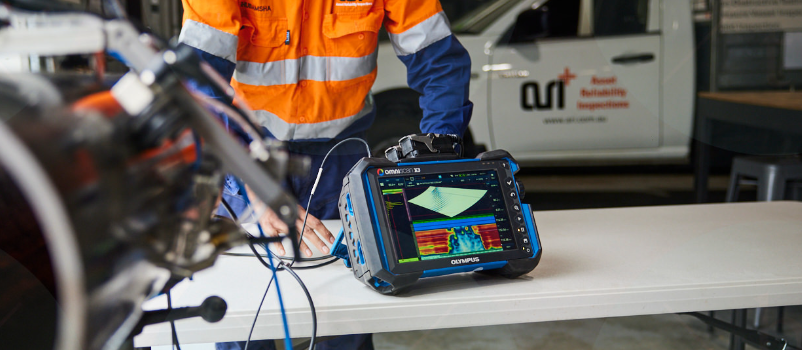
Phased Array (PA) and Time of Flight Diffraction (ToFD) are advanced NDT applications of ultrasonics that create a complete record of the inspection and any defects found.
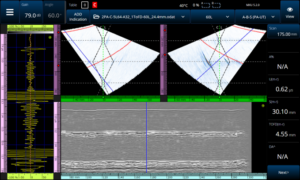
It is commonly used as a fabrication compliance inspection technique to identify and accurately size:
The ability to accurately size volumetric defects leads to better decision-making and improved repair rates. Phased Array has no special safety requirements that can cause lengthy delays or special night shift requirements compared to Radiography.

PA corrosion mapping is an NDT technique used to inspect and assess the integrity of metallic structures for corrosion and or erosion damage. It provides an efficient inspection approach with an increased Probability of Detection (POD) due to its high resolution and ability to cover large areas.
This technique can be applied to tanks, pipes, and elbows with the images produced allowing for easy communication of data to all stakeholders. Efficient communication makes the overall process more likely to result in the best decision possible for any end-of-life or remediation strategies.
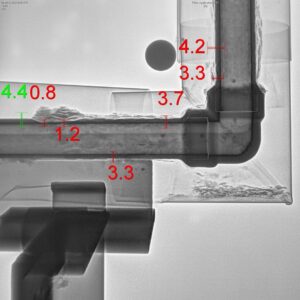
Digital Radiography (DRT) is an advanced NDT technique that uses X-ray or gamma-ray radiation to inspect the internal structure or objects and generate digital images for analysis. DRT is commonly used to capture the thickness of pipes and spools to assess the remaining wall thickness. This makes DRT the preferred choice for identifying Corrosion Under Insulation (CUI) in pipes up to and including DN150 in size.

Guided Wave Inspection is a rapid testing or screening that is used to detect, locate and classify defects in pipe structures. Large sections of piping can be quickly screened with 100 percent volumetric coverage to determine precise locations of corrosion/erosion damage. This ability to screen large areas or pipes quickly enables the informed deployment of complimentary inspection tools on areas that have been identified. This is a cost-effective approach that reduces the unnecessary high-resolution testing of areas with no degradation while still ensuring all pipes are tested.
PA-CAT is an ultrasonic phased array technique developed by Holloway NDT & Engineering Inc. for the inspection and measurement of Contact Point Corrosion (CPC) on carbon steel piping. This type of corrosion is common at support locations (often referred to as CUPS) and has remained an elusive inspection problem for traditional NDT methods. PA-CAT is one of the only quantitative methods available to inspect these areas
ARI is the proud exclusive Australian partner with Holloway Engineering to deliver this service in Australia.

The technique is based on signal attenuation between two phased array transducers in a pitch-catch configuration. The response across a wide range of angles is analysed by a patented algorithm that generates a “river bottom” depth profile of the corrosion.
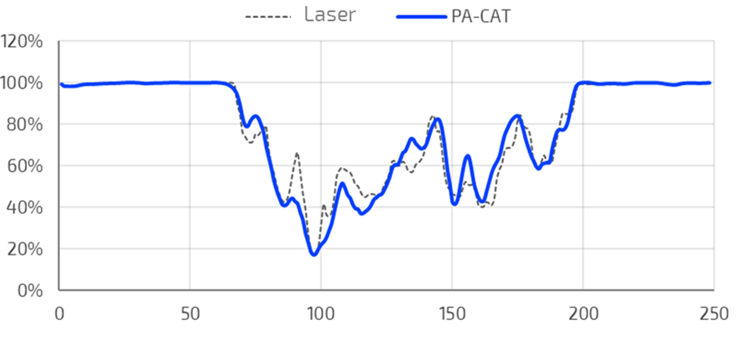
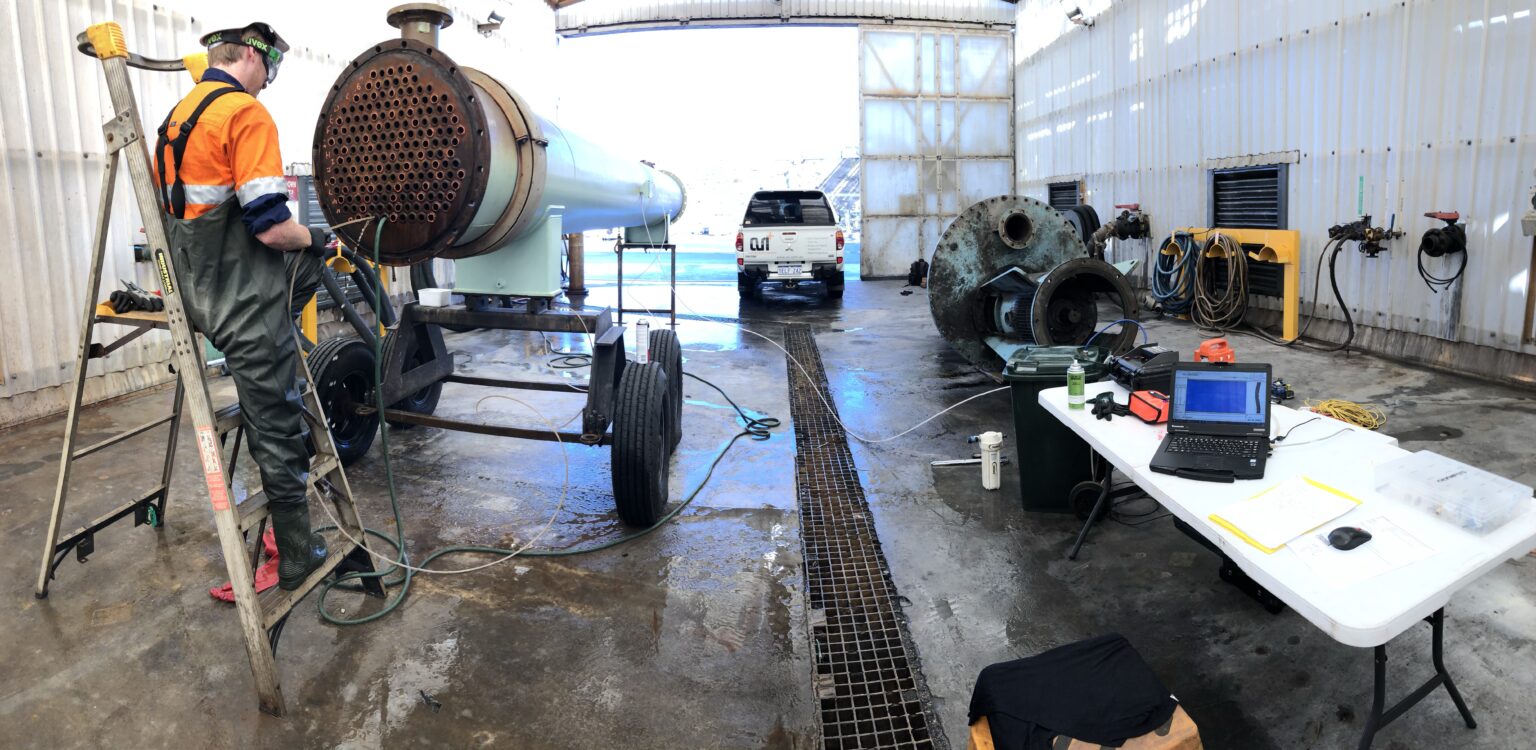
ARI can deploy a range of technologies to inspect tubes in Heat Exchangers, Air coolers, Condensers, and other similar equipment. When selecting an appropriate inspection technology, it is important to understand the material the tube is made of as well as the type of discontinuities/defects that are to be detected. Pitting, cracks, grooves, erosion, and corrosion are all types of indications that can be detected with the right technology.
IRIS is an ultrasonic technique well suited to petrochemical and balance-of-plant (BOP) tube inspections. This technique uses an ultrasonic beam to scan the internal surface of the tube in helicoidal patterns, thus ensuring that the full length of the tube is tested. The system monitors the front-wall and back-wall echoes to measure the tube wall thickness.
The internal rotary inspection system probe operates in pulse-echo mode to measure wall thickness, material loss, and defect orientation within the range of 0.5 in. to 3 in. ID. The IRIS probe consists of an ultrasonic transducer firing in the axial direction of the tube. A mirror mounted on a water-propelled turbine deflects the ultrasonic beam to obtain a normal incidence wave on the internal wall of the tube. Because the mirror revolves around the axis, the entire circumference of the tube is examined. This equipment was designed for optimum results in various applications, such as tube and shell heat exchangers, air coolers, and boilers.
Eddy current is a noncontact method used to inspect nonferromagnetic tubing. In this technique, the probe is excited with an alternating current, inducing eddy currents in the part under inspection. Any discontinuities or material property variations that change the eddy current flow in the part are detected as potential defects by the probe. This technique is suitable for the detection and sizing of metal discontinuities, such as corrosion, erosion, wear, pitting, baffle cuts, wall loss, and cracks for nonferrous materials, including austenitic stainless steel such as SS304/SS316, brass, copper-nickel, titanium, copper-fin, and Monel.
Remote field testing (RFT) probes are used to inspect ferromagnetic tubing such as carbon steel or ferritic stainless steel. They are very sensitive in detecting and measuring volumetric defects resulting from erosion, corrosion, wear, and baffle cuts.
The near-field testing (NFT) eddy current technology is a rapid and cost-effective inspection solution designed specifically for ID defect detection in carbon steel fin-fan tubes.
Contact us sending a message or give us a call to discover how we can help.

ARI delivers professional services in pressure equipment inspection, weld inspection, and non destructive testing.
Asset Reliability Inspections © 2025 All Rights Reserved
